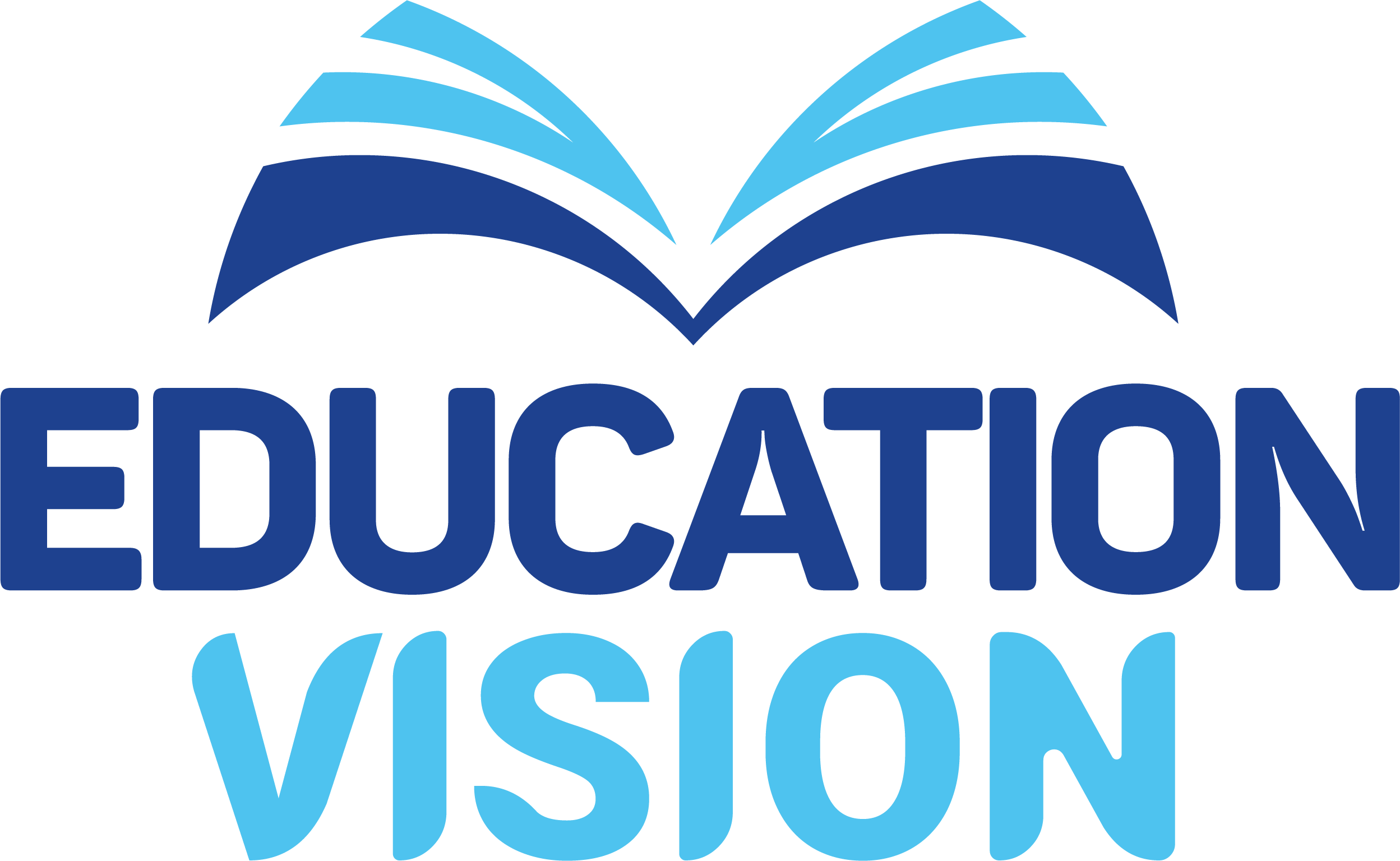
Moses Mpanga
When your adolescent greeted you yesterday and yet walked right past you the morning after with an unimpenetrable attitude, you were jolted. He or she spent all-day in the bedroom, but had been up and about the day before!
The other day, your 13-year-old daughter broke down because she saw a disabled chicken struggling to jump over a puddle. And your 15-year-old son fell off a bodaboda bike that he had hired with money he had stolen from your retail shop! Sometimes you cannot help but wonder why at one time they seem to think and behave like adults, and yet at other times behave or think in unreasoned, impulsive or emotional ways.
You have probably experienced your adolescent get extremely uncomfortable or embarrassed in response to misread or misinterpreted social cues or at any slightest mistake. Then the imaginary attention they are convinced they have.
At times it seems like they do not think things through or fully consider the consequences of their actions.
Behold, adolescence is a stage of ‘storm and stress’ (G. Stanley Hall). It is a time of significant growth and development inside your adolescent’s brain. There is a surge of hormones, with the adolescent standing between the morality learned as a child and the ethics to be developed by him/ her as an adult (Erikson, 1963). They are the ‘river between’.
Bad Behaviour Or Bad Child
When an adolescent mumbles angry inaudible remarks, lashes out at you, takes on risky behaviours, gets caught up in fights, it has nothing to do with him or her being a ‘good’ or ‘bad’ child. A child is ‘good’, the behaviour is bad, but in this case, your adolescent’s conduct is for the most part attributed to incomplete brain development in an area in the brain called the frontal cortex area.
According to brain science, the frontal cortex is the area of the brain that controls reasoning and judgment, organisation and planning, problem-solving, regulation of emotions and mood, personality expression, pleasure and happiness, impulse control, among others.
However, complete development of this area stretches up to early adulthood. During adolescence, this part of the brain is still changing and maturing into adulthood.
Because the frontal cortex is still developing, adolescents rely on a part of the brain called the amygdala to make decisions and solve problems. The amygdala is associated with emotions, impulses, aggression and instinctive behaviour, which explain the abrupt ‘sunshine’ and unpredictable ‘rain’ highlighted in the adolescents’ conduct.
The back-to-front development of the brain explains the shifts and changes (seemingly mature in thoughts now, childish tomorrow).
Adolescents and teenagers are simply working with brains that are still under construction.
As a parent, you are less likely to get frustrated at your adolescent child’s altering behaviour when you understand their brain processes.
When they lash at you and you lash right back, you are actually normalising aggression.
This will grow, and will be harvested in form of early pregnancies, substance abuse, conduct issues and other problems that may stem from failure to nurture and guide adolescents.
According to the Ministry of Health, 25% of Ugandan adolescents/teenagers become pregnant by the age of 19.
Close to half are married before their 18th birthday and continue having babies into their mid-40s. However, this phenomenon can be halted by informed parents or guardians.
How To Strengthen A Teenager’s Brain
Here are tips that parents orguardians can apply for strengthening positive brain connections for adolescents/ teenagers:
- Talk with your adolescent child about their developing brain. Understanding this important period of growth might help your child process their feelings. It might also make taking care of the brain more interesting for your child.
- Support your child to find new creative and expressive outlets for feelings. Your child might be expressing and trying to control new emotions. Many adolescents find that doing or watching sport or music, writing and other art forms are good outlets.
- Bond with your child. You will probably want to keep an eye on your child’s activities and friends. Being open and approachable can help you with this.
- Talk through decisions step by step with your adolescent. Ask about possible courses of action your child might choose, and talk through potential consequences. Encourage your child to weigh up positive consequences or rewards against negative ones.
- Offer boundaries and opportunities for negotiating those boundaries. Young people need guidance and limit-setting from their parents and other adults.
- Allow for your adolescent to take some healthy risks. New and different experiences help your child develop an independent identity, explore grown-up behaviour and move towards independence.
- Use family routines to give your child’s life some structure. These might be based around school and family timetables. Offer frequent praise and positive rewards for desired behaviour. This reinforces pathways in your child’s brain.
- Children learn more from what they see than from what you say; be a positive role model. Your behaviour will show your child the behaviour you expect.
- Eyes on, hands off! Fight the temptation of suffocating your adolescent. Exercise some control, but mostly allow for autonomy to nurture functional independence.
The writer is a children’s development and sponsorship specialist at Joy for Children Uganda
